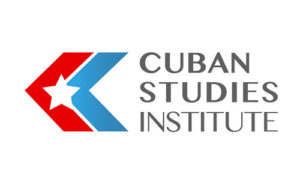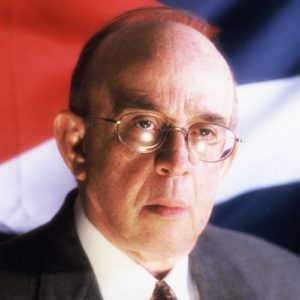After the April 1961 failure of the Bay of Pigs invasion and the poor impression John Kennedy made on Nikita Khrushchev at their June 1961 meeting in Vienna, the Soviet Union felt it could upgrade its economic and military involvement in Cuba without provoking a strong US reaction. By mid-1962, it had introduced nuclear-capacity bombers and nuclear missiles there. These were detected by aerial reconnaissance and on October 22, President Kennedy publicly denounced their presence and demanded their withdrawal. He instituted a naval quarantine of the island. After 12 days of hectic posturing, both in public and the United Nations and in private “hot line” correspondence, during which a US reconnaissance plane was shot down and a local Soviet commander in Cuba came close to releasing missiles under his control, Khrushchev backed down, agreeing to remove the missiles and bombers under UN inspection, in exchange for a US pledge never to invade Cuba. Fidel Castro, furious at the climb down (and his exclusion from the negotiations) never allowed the UN inspection. US aerial surveillance confirmed the removal of the missiles and bombers and the crisis ended in early November. The US government never publicly acknowledged its pledge not to invade Cuba, although the “hands off” understanding held beyond the 1989 end of the USSR. Castro, who, it seems, would have accepted the destruction of Cuba itself in a nuclear holocaust if this would have also meant the destruction of the United States, was humiliated by his reduction to a pawn during the crisis. His personal friendship with Khrushchev, and his economic and military dependence on the Soviets, however, meant that Cuba remained closely allied with the Soviet Union until its dissolution.

CHECK MATE ISRAEL?
* By Jaime Suchlicki As the smoke of Hamas’ unprovoked brutal attack against Israel on October 7 begins to dissipate, a new







